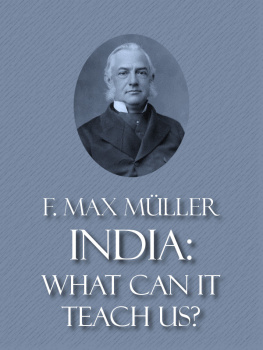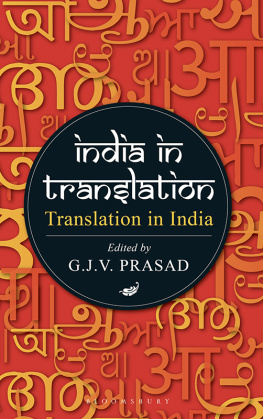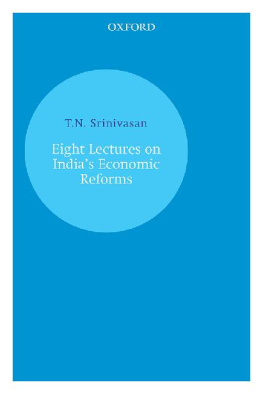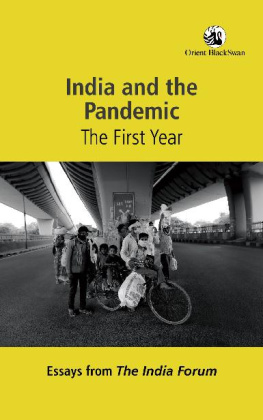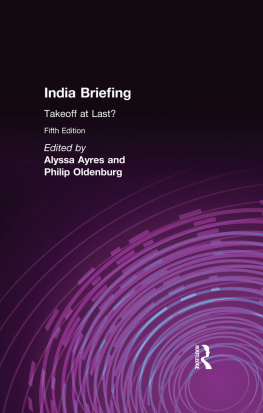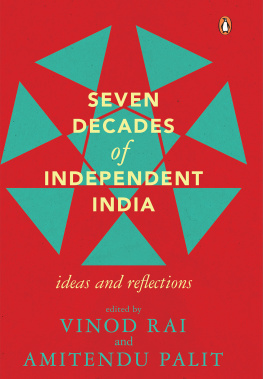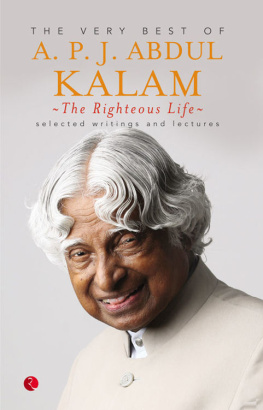FOOTNOTES
Pliny (VI. 26) tells us that in his day the annual drain of bullion into India, in return for her valuable produce, reached the immense amount of five hundred and fifty millions of sesterces. See E. Thomas, The Indian Balhar, p. 13.
Cunningham, in the Journal of the Asiatic Society of Bengal, 1881, p. 184.
General Cunningham describes this treasure in the Journal of the Asiatic Society of Bengal as having been found on the northern bank of the Oxus in 1877, and containing coins from Darius down to Antiochus the Great, and Euthydemus, King of Baktria. This would seem to indicate that it had been buried there in 208 b.c. , when Baktria was invaded by Antiochus and Euthydemus defeated. The coins, figures, and ornaments, many of them, were manifestly Persian, and doubtless had been brought into that country and kept by the victorious generals of Alexander. Some of the works of art unearthed by Dr. Schliemann at Myken are either Persian or Assyrian in character, and are like those found on the Oxus. Professor Forchhammer very plausibly supposes that they were spoils from the Persian camp which had been awarded to Myken as her share after the overthrow of Mardonius.A. W.
See Selected Essays, vol. i., p. 500, The Migration of Fables.
Cratylus, 411 A. Still, as I have put on the lions skin, I must not be faint-hearted. Possibly, however, this may refer to Hercules, and not to the fable of the donkey in the lions or the tigers skin. In the Hitopadesa, a donkey, being nearly starved, is sent by his master into a corn-field to feed. In order to shield him he puts a tigers skin on him. All goes well till a watchman approaches, hiding himself under his gray coat, and trying to shoot the tiger. The donkey thinks it is a gray female donkey, begins to bray, and is killed. On a similar fable in sop, see Benfey, Pantschatantra, vol. i., p. 463; M. M., Selected Essays, vol. i., p. 513.
See Fragmenta Comic (Didot), p. 302; Benfey, l. c. vol. i., p. 374.
Lectures on the Science of Language, vol. i., p. 231.
The names employed in the Hebrew text of the Bible are said to be Tamil.A. W.
1 Kings 3:25.
The Bible story is dramatic; the other is not. The shudder is a tribute to the dramatic power of the Bible narrative. The child was in no danger of being cut in twain. In the Buddhist version the child is injured. Why does not Prof. Mller shudder when the child is hurt and cries? The Solomonic child is not hurt and does not cry. Is not the Bible story the more humane, the more dignified, the more dramatic? And no canon of criticism requires us to believe that a poor version of a story is the more primitive. Am. Pubs.
See some excellent remarks on this subject in Rhys Davids, Buddhist Birth-Stories, vol. i., pp. xiii. and xliv. The learned scholar gives another version of the story from a Singhalese translation of the Gtaka, dating from the fourteenth century, and he expresses a hope that Dr. Fausbll will soon publish the Pli original.
This is true of what theologians call natural religion, which is assumed to be a growth out of human consciousness; but the Christian religion is not a natural religion. Am. Pubs.
There are traces of Aryan occupation at Babylon, Rawlinson assures us, about twenty centuries b.c. This would suggest a possible interchange of religious ideas between the earlier Aryan and Akkado-Chaldean peoples.A. W.
See Cunningham, Journal of the Asiatic Society of Bengal, 1881, pp. 162-168.
Sm, the Persian word for silver, has also the meaning of one thirteenth; see Cunningham, l. c. p. 165.
The common domestic cat is first mentioned by Csarius, the physician, brother of Gregory of Nazianus, about the middle of the fourth century. It came from Egypt, where it was regarded as sacred. Herodotus denominates it , which was also the designation of the weasel and marten. Kallimachus employs the same title, which his commentator explains as . In later times this name of uncertain etymology has superseded every other. The earlier Sanskrit writers appear to have had no knowledge of the animal; but the margara is named by Manu, and the vidala by Panini.A. W.
Sir William Jones was thirty-seven years of age when he sailed for India. He received the honor of knighthood in March, 1783, on his appointment as Judge of the Supreme Court of Judicature at Fort William, at Bengal.A. W.
Mills History of British India, ed. Wilson, vol. i., p. 375.
Keshub Chunder Sen is the present spiritual director of the Brahmo Samag, the theistic organization founded by the late Rammohun Roy.A. W.
Mills History, ed. Wilson, vol. i., p. 368.
L. c. p. 325.
L. c. p. 329.
P. 217.
Mills History, vol. i., p. 329.
Manu, VIII. 43, says: Neither a King himself nor his officers must ever promote litigation; nor ever neglect a lawsuit instituted by others.
Mills History, vol. i., p. 327.
L. c. p. 368.
See Elphinstone, History of India, ed. Cowell, p. 219, note. Of the 232 sentences of death 64 only were carried out in England, while the 59 sentences of death in Bengal were all carried out.
Sir Ch. Trevelyan, Christianity and Hinduism, 1882, p. 42.
This will be news to many. It has been quite common to include the Thugs with the worshippers of Bhavani, the consort of Siva. The word signifies a deceiver, which eliminates it from every religious association.A. W.
Manu VII. 115.
H. M. Elliot, Supplement to the Glossary of Indian Terms, p. 151.
I see from Dr. Hunters latest statistical tables that the whole number of towns and villages in British India amounts to 493,429. Out of this number 448,320 have less than 1000 inhabitants, and may be called villages. In Bengal, where the growth of towns has been most encouraged through Government establishments, the total number of homesteads is 117,042, and more than half of these contain less than 200 inhabitants. Only 10,077 towns in Bengal have more than 1000 inhabitants, that is, no more than about a seventeenth part of all the settlements are anything but what we should call substantial villages. In the North-Western Provinces the last census gives us 105,124 villages, against 297 towns. See London Times, 14th Aug. 1882.
Ancient India as described by Megasthenes and Arrian, by McCrindle, p. 42.
Perjury seems to be committed by the meanest and encouraged by some of the better sort among the Hindus and Mussulmans, with as little remorse as if it were a proof of ingenuity, or even a merit.Sir W. Jones, Address to Grand Jury at Calcutta, in Mills History of India, vol. i., p. 324. The longer we possess a province, the more common and grave does perjury become.Sir G. Campbell, quoted by Rev. Samuel Johnson, Oriental Religions, India, p. 288.
Vasishtha, translated by Bhler, VIII. 8.
Mr. J. D. Baldwin, author of Prehistoric Nations, declares that this system of village-communities existed in India long before the Aryan conquest. He attributes it to Cushite or thiopic influence, and with great plausibility. Nevertheless, the same system flourished in prehistoric Greece, even till the Roman conquests. Mr. Palgrave observed it existing in Arabia. Oman is less a kingdom than an aggregation of municipalities, he remarks; each town, each village has its separate existence and corporation, while towns and villages, in their turn, are subjected to one or other of the ancestral chiefs. The Ionian and Phnician cities existed by a similar tenure, as did also the Free Cities of Europe. It appears, indeed, to have been the earlier form of rule. Megasthenes noticed it in India. The village-communities, says Sir Charles Metcalf, are little republics, having everything they want within themselves, and almost independent of any foreign relations. They seem to last where nothing else lasts. These villages usually consist of the holders of the land, those who farm and cultivate it, the established village-servants, priest, blacksmith, carpenter, accountant, washerman, potter, barber, watchman, shoemaker, etc. The tenure and law of inheritance varies with the different native races, but tenantship for a specific period seems to be the most common.A. W.

